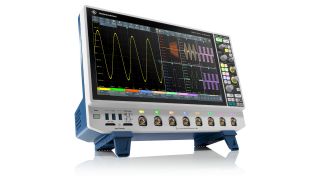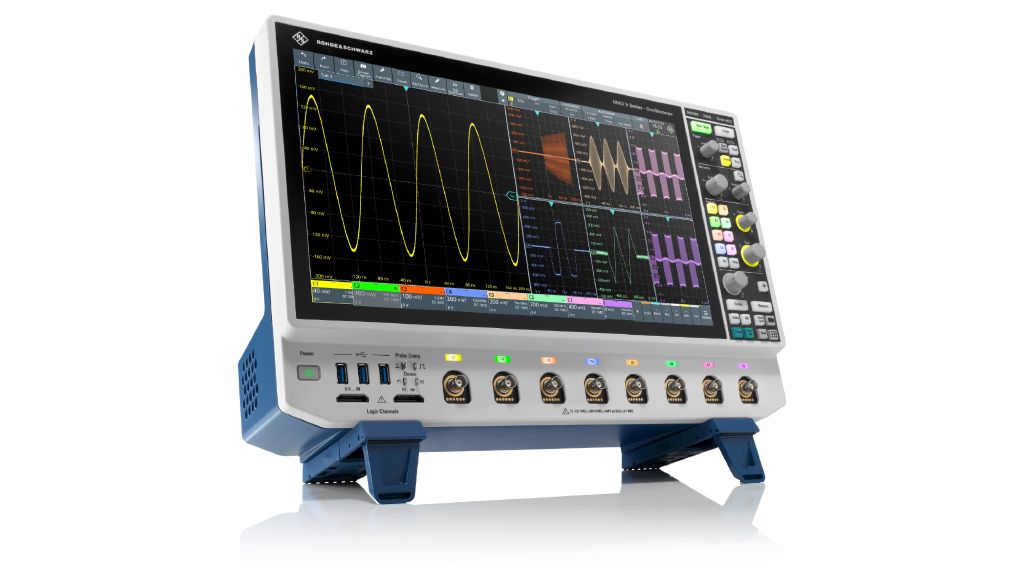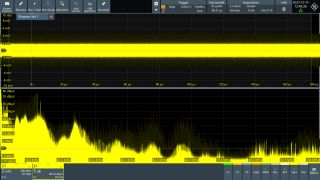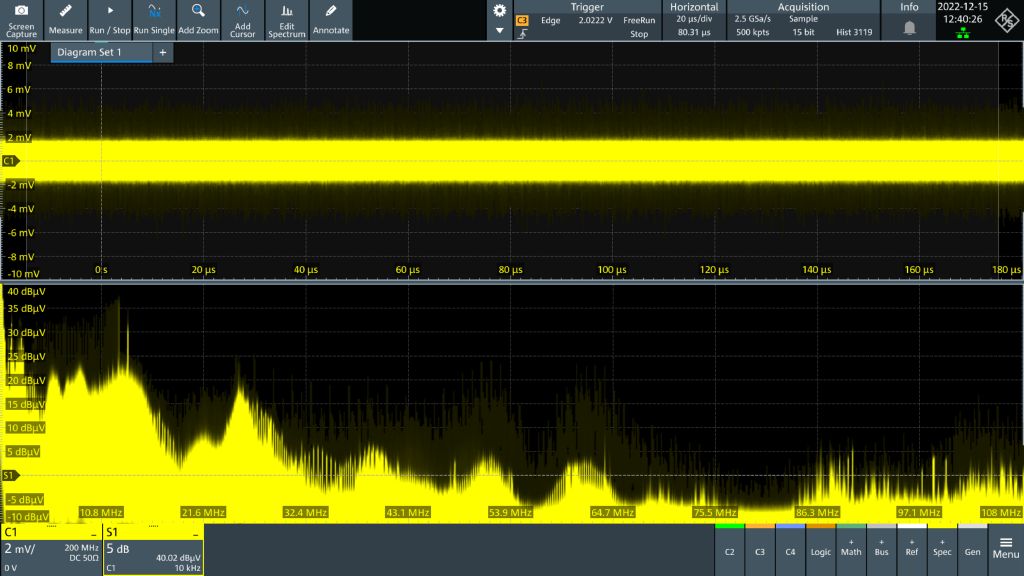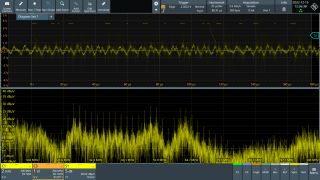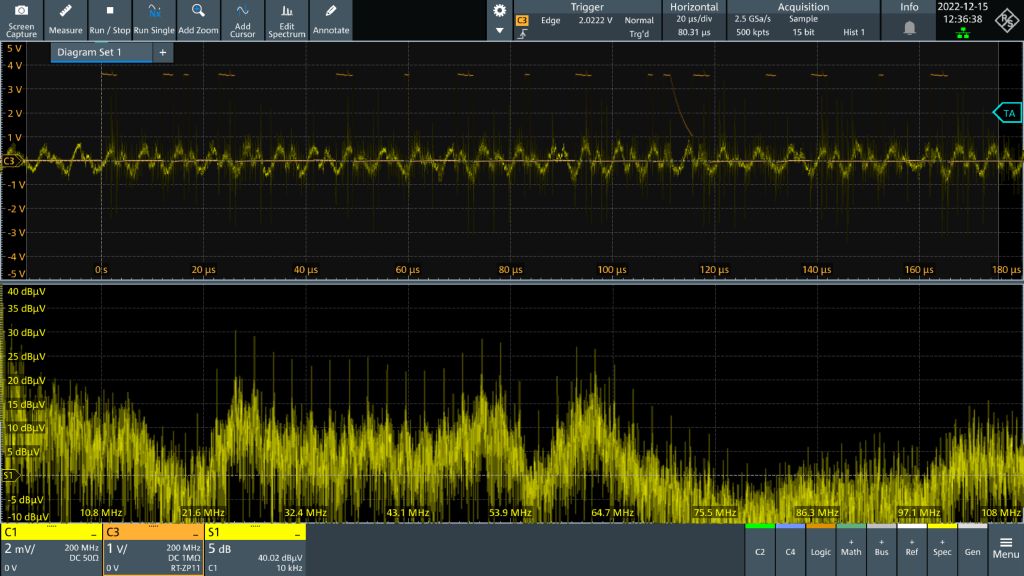Detecting infrequent anomalies in the spectrum of mixed signal power designs
In addition to the main function, power electronic circuits very often have to provide other essential functions such as interfacing with submodules to fulfill system design requirements. Power designs therefore include bus communications in combination with a microcontroller. This can easily lead to more complex designs that may have a negative impact on the conducted emission measurements. Sometimes these auxiliary functions generate emissions infrequently, making it challenging to locate and isolate the root cause. An instrument with a very fast FFT analysis capability is essential to find infrequent events efficiently.



